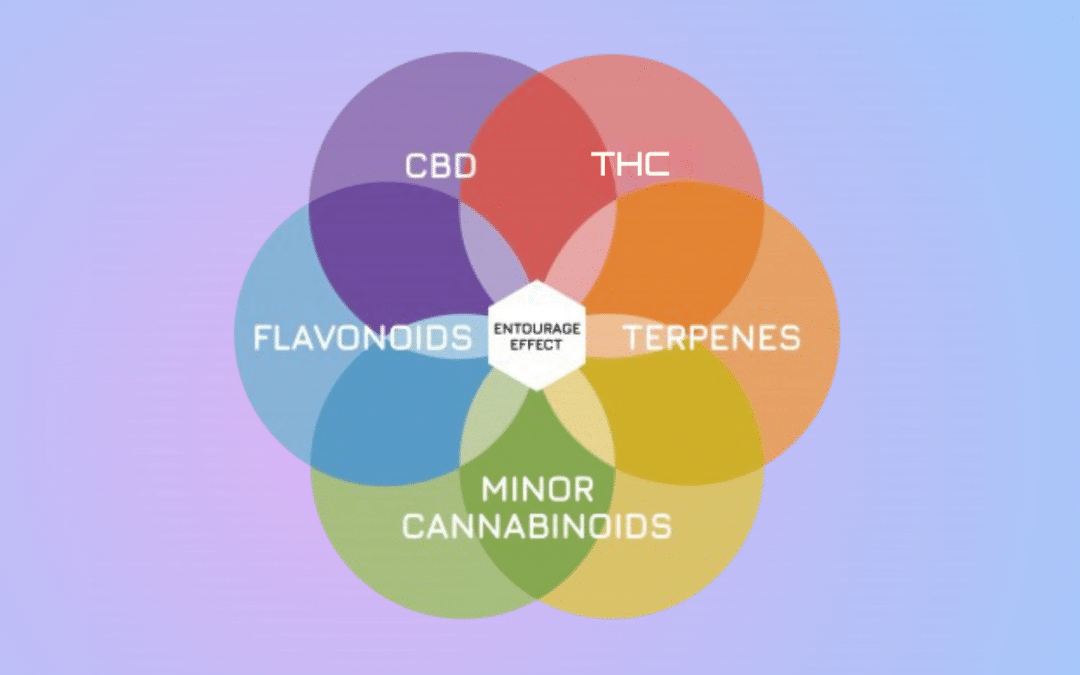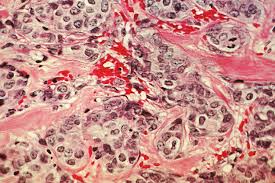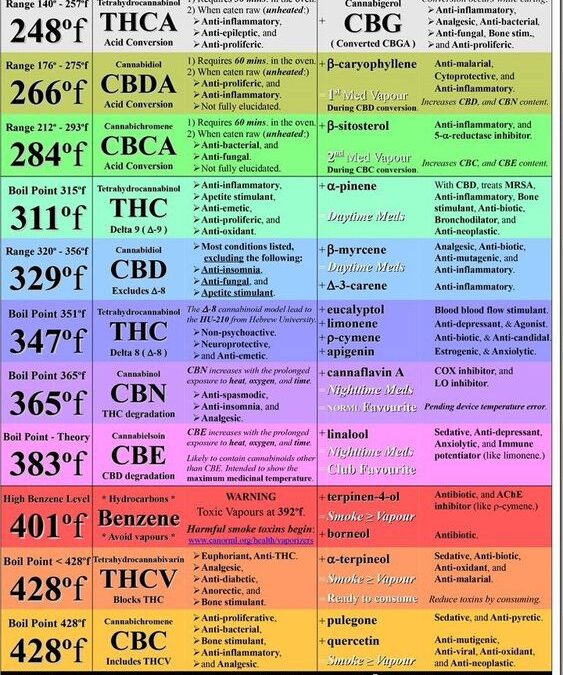
by Niki | Jan 18, 2024 | CBD, Research, Science, THC, Uncategorized
Embracing the full spectrum of cannabinoids, terpenes, and flavonoids found in cannabis can unlock a myriad of potential benefits. The world of cannabis is not just about THC and CBD; it’s a rich tapestry of compounds working together to create what is known as...

by idgadvertisingold | Nov 4, 2016 | CBD, Endocannabinoid System, Medicine
Cannabinoid receptors are known to be located all throughout the body. Although most abundant in the central and peripheral nervous system and in immune system cells, cannabinoid receptors are also thought to reside in other types of tissues. However, due to the...

by idgadvertisingold | May 20, 2015 | Endocannabinoid System, Science
Chances are that you or someone you know has been diagnosed with Attention-Deficit Hyperactivity Disorder (ADHD). ADHD is one of the most commonly diagnosed neurological conditions as well as one of the most controversial due to the difficulty of treatment and...

by idgadvertisingold | Oct 16, 2014 | Medicine, Science
This is the second article in a multi-part series about vaporizing cannabis. The first article focused on the way vaporizers work, the health benefits of vaporizing, and the viability of vaporizers in delivering medical cannabis. This article will look beyond just the...

by idgadvertisingold | Oct 2, 2014 | Medicine, Science
Although cannabis itself is not harmful to health, method of administration can be detrimental to lung function. Pulmonary (lung and breathing) troubles are well-documented side effects, with daily smokers having decreased lung capacity, coughing, and sinus problems...







